10 Cosy Bedroom Ideas for Autumn
Wondering how to make your bedroom cosier this autumn? In this guide we’ll discuss ten standout approaches to making a more snug bedroom. Let’s dive in!
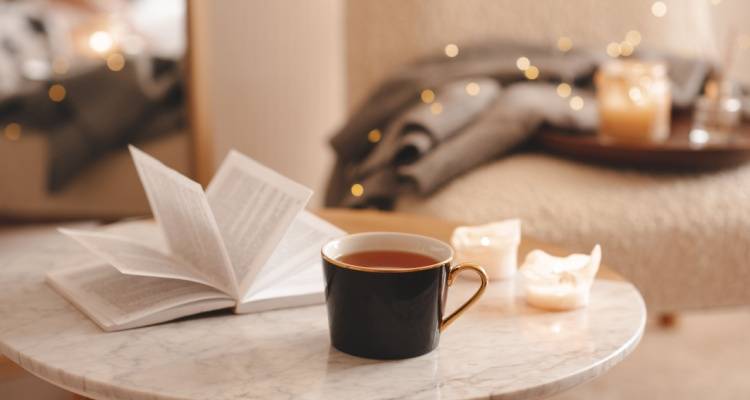
1. New Curtains
Opting for fresh curtains has the potential to make your bedroom look and feel cosier and more autumnal in the weeks or months ahead.
Heavy fabrics tend to work well in offering a comfortable, snug appearance while (generally) being better at keeping the heat in. This can be helpful as it generally gets cooler during the autumn though more valuable in the winter.
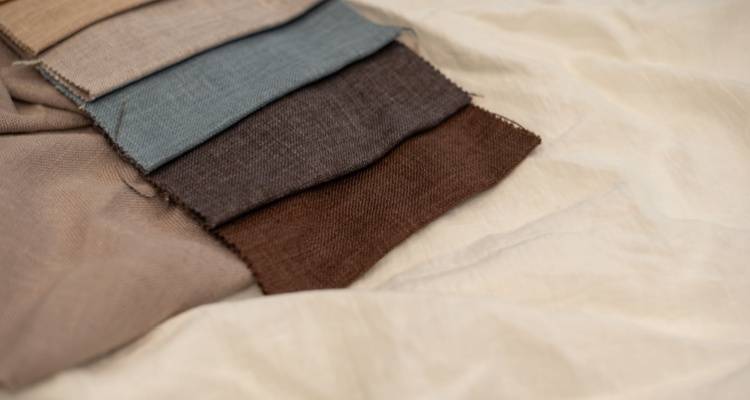
If considering curtains with high thermal efficiency, be sure they will not trap too much heat. This can be a concern if your bedroom already has a strong degree of heat insulation with thick or/and thermal curtains and you don’t want to make the space too hot.
Common curtain colours to consider to produce an autumnal vibe are burgundy, deep reds, olive green, terracotta, aubergine, gold and various ranges of oranges, reds and browns.
2. Decluttering
Taking steps to declutter your bedroom can also go a long way to making for a cosier and more relaxing bedroom for the autumn time.
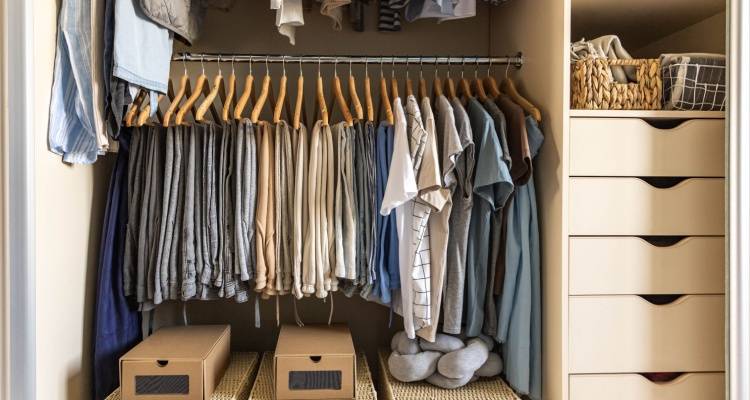
Decluttering can not only make a bedroom feel more spacious and thus cosier but provide a soothing minimalist look.
While decluttering an entire property, be sure to keep yourself energised and hydrated with adequate breaks.
3. Nature-Inspired Look And Feel
Replicating the look and atmosphere of nature can not only offer a soothing autumnal vibe for your bedroom but possibly improve your mental health.
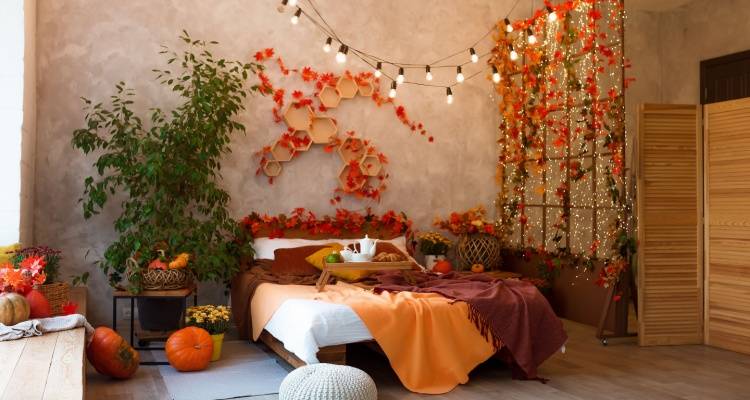
Some ways of introducing nature-inspired elements to your bedroom include:
- Nature-themed wallpaper (e.g. floral patterns, woodland, wildlife, blue skies, ocean views etc.)
- Let in plenty of natural light when suitable
- A natural fibre rug for a suitable location on the floor
- Using nature-inspired colours throughout (e.g. warm wood flooring, walls painted in Earthy tones like sky blue, olive green or/and taupe, etc.)
- Photography or artwork displaying nature or Earthy colours
4. Timber Accents
Wooden accents can also offer a relaxing and possibly somewhat rustic environment, helping you prepare your bedroom for the autumn season.
Of course, a wooden floor is a common means of integrating timber in a bedroom from an autumnal feel that nonetheless can work well throughout the year. That said, a timber floor is arguably more of a main feature than an accent.
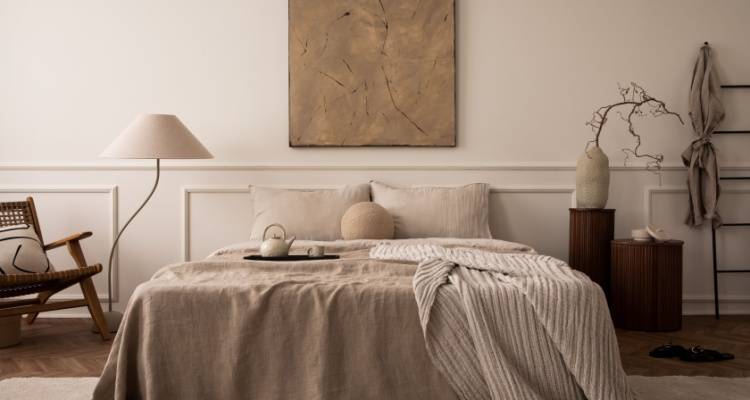
Notably wooden accents you may want to include in your bedroom this autumn include shelving units, wooden wall paneling, a nightstand, headboard or/and wardrobe.
Including the right amount of timber accents and with the right look and locations can contribute significantly to making your bedroom more restful, organic and industrialised. As with any additions, just be sure they are suitable and safe to add.
5. New Bedding
Swapping out your existing bedding components (e.g. pillows, duvet, blanket, bedsheets and pillow cases) for those with cosier materials and even a more snug aesthetic is another superb way of inviting the autumn season into your home.
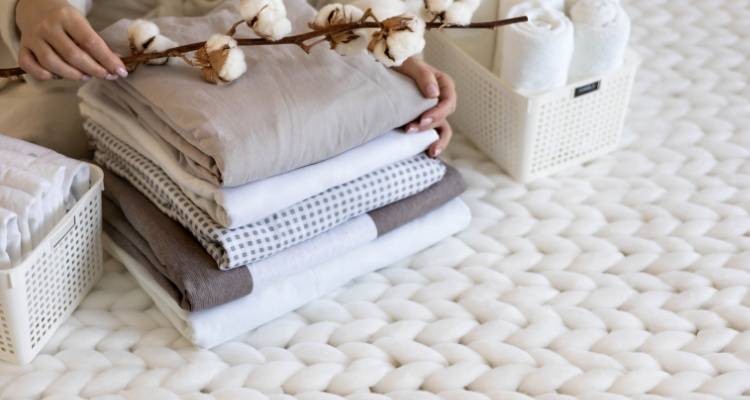
Popular cosy bedding materials and forms to consider include:
- Cotton
- Linen
- Silk
- Polyester
- Microfibre
- Bamboo
Of course, which of the materials/forms (or others not listed) might work best for bedding will depend on the type of bedding in question and how it may look compared with surrounding visuals and decor.
6. Layered Textures
If you believe in the value of a little healthy clutter for the purposes of comfort and ensuring a cosy environment, layering textures may work for you.
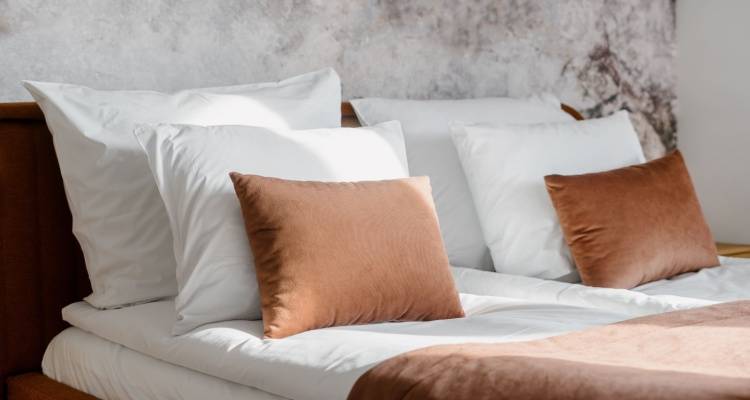
Layered textures isn’t specific to textures literally placed atop one another, but rather (in most cases) textures that are placed within a given space to work together or contrast in a visually appealing way, adding to the aesthetic and atmosphere of the room.
Some ideas to consider are:
- Velvet cushions/throws and timber-based furniture
- Light-toned furniture with dark wood flooring
- A combination of natural materials (e.g. rattan, wood and natural stone)
- Linel fabrics combined with metal and Chenille
- Cotton bedding vs. metallic elements (e.g. contemporary metal wall sconce)
7. Autumnal Colour Scheme
Just as opting for nature-inspired elements can provide an Earthy and biophilic design, an autumnal colour scheme can achieve a similar outcome, although more specific to autumn, which may or may not offer an atmosphere that looks and feels ‘nature-oriented’.

For an autumn colour scheme, you’ll of course want to consider opting for a range of orange, red, yellow hues.
Others to consider include shades of gold and even green tones. While reds, oranges and yellows better provide the character of autumn, green foliage (whether from evergreen trees or otherwise) still persists, playing its relatively small role in the season’s perceived palette.
8. Cosy Nightwear
Cosy bedroom decor need not be limited to bedding, curtains and fixtures/fittings throughout the space. In addition, it’s worth thinking of what makes for the cosiest nightwear.

From flannel PJs to quilted duvet robes to snuggle suits, there’s endless snug nightwear options to consider.
That said, some materials will be more suited than others. As a result, you may to consider what nightwear is better suited to warmer weather and what to opt for during cooler nights (or even find cosy nightwear that offers a good balance).
This makes sense throughout the year and for autumn in particular, it’s particularly notable since the weather can be quite changeable in the months between summer and winter.
9. The Scent of Autumn
You’ll also want to consider how to include autumnal smells in your bedroom adding to the cosy environment.

This could be achieved by adding autumn-themed reeds or diffusers. When it comes to candles, of course, it’s very important to be extra careful as they would be a notable hazard in bedrooms.
If using candles, setting them up in a safe location and ensuring they are put out before bed are important steps to limiting the risk of a fire occurring.
Whether you opt for a reed, diffuser or candles, some notable autumn scents include sage, pomegranate, pumpkin spice, ginger and cinnamon, vanilla and amber. Of course, what scents will be offered can vary between the three aforementioned options and will depend on the brand and supplier too.
10. Get the Right Temperature
Important Safety Note/Advice:
The ideal temperature for a bedroom at night is around 16 to 19℃ for most people. Exact recommendations vary but, in general, this is considered the ideal temperature window for a cosy and healthy sleeping environment.
Of course, recommendations can differ for new-born babies, the elderly and those with health conditions. So please heed any warnings or advice from the manufacturer, your heating company or another reliable source.
The NHS advises a range of 16 to 20℃ for newborn babies. However, they also list a range of other recommendations for keeping a newborn a healthy temperature, helping to minimise the risk of the tragedy that is SIDSs. More details can be found via the NHS’ official web page on the matter.
To learn more about a safe temp range for other individuals including the elderly and those with health conditions (or to learn more about keeping newborns safe), contact your local GP or a suitable professional for further guidance.
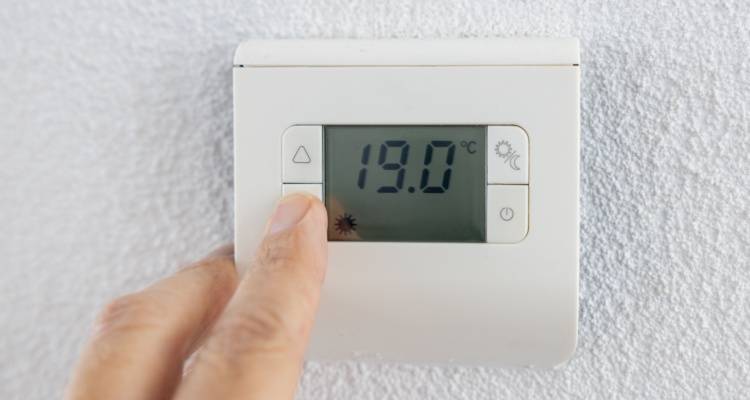
Getting in or around the perfect temperature is key to offering a comfortable climate for your bedroom. This can involve adjusting your heating system’s settings as well as heat insulation.
Adjusting Your Bedroom’s Temperature and Zoning-based Heating
Achieving this may involve adjusting your thermostat. That said, if you don’t have one, you can adjust your boiler’s temperature control dial.
Alternatively or in addition, you could alter the temperature of your bedroom by adjusting your radiator’s Thermostatic Radiator Valve or TRV if this valve is present. This is one way of achieving zoning-based temperature reduction.

With various temperature-adjusting factors, between adjusting your thermostat, the boiler control dial or/and your radiator’s TRV, it may be challenging to gauge exactly what temperature your room is. Therefore, you should consider picking up a digital thermometer too - many of which can measure humidity too these days.
Some thermostats will allow you to heat certain areas of your home and not others, acting as another means of zoning-based temperature regulation (i.e. multizone heating).
Keeping the Heat In
Along with adjusting the temperature of your bedroom, you should consider how (if needed or desirable) to better insulate your bedroom to keep it warmer as the weather gets cooler. This, of course, can also cut down on your bills and lower your carbon footprint.
For low-cost (or even free) solutions to keeping the heat in, consider adding weather sealing strips, place a thick rug in a suitable spot in the room or investing in new blinds or/and curtains offering improved thermal efficiency.
A no-cost approach is to ensure you pull over and open your curtains strategically. For instance, you should keep your curtain open when the radiator is on so it can heat the space properly and potentially for safety reasons to avoid the curtain touching a hot radiator.
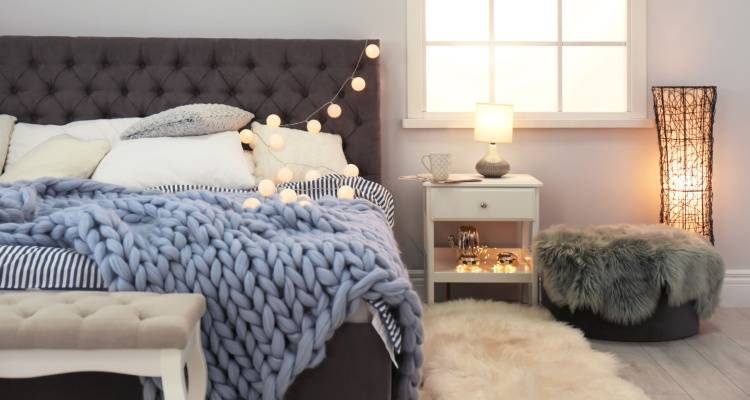
Along with that, it’s often best to keep open during peak sunlight hours when looking to warm up the space but close them over at around 5-6pm. Obviously if the weather is dull then there may be little value in opening your blinds for too long, aside from the value of still letting some lighting in or/and opening the windows for a suitable amount of time here and there.
More expensive solutions to improve your bedroom’s thermal efficiency include double-glazed windows and even having your walls insulation upgraded (if safe and feasible). These sorts of jobs must be dealt with by professionals.
* Some blinds with a relatively high capacity to keep the heat in can be quite expensive, however, there are many middle-ground options on the market that won’t break the bank.
Most regular thermal curtains cost around £50 to £150, though premium quality or/and tailor-made thermal curtains are often priced between £200 and £800.
A similar alternative is insulated curtains which are slightly different in design, though tend to fall in a similar price-range when categorised like those above.
|
Find Tradespeople & Save Money
MyJobQuote connects you with up to 3 available local tradespeople, so you can compare quotes & save money with ease.
|

|








